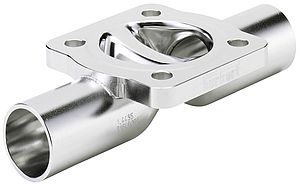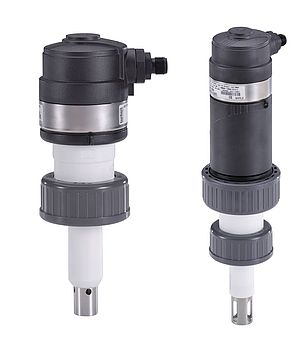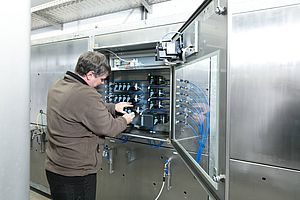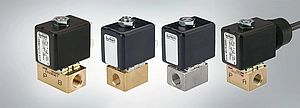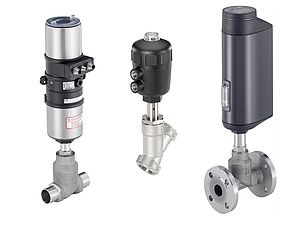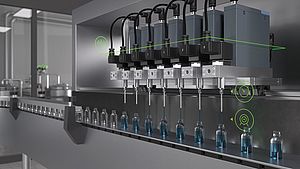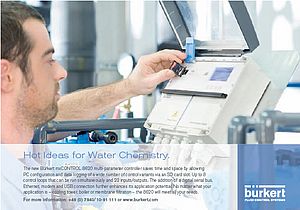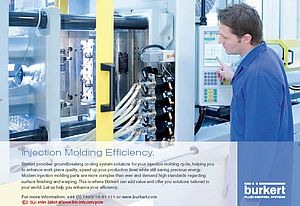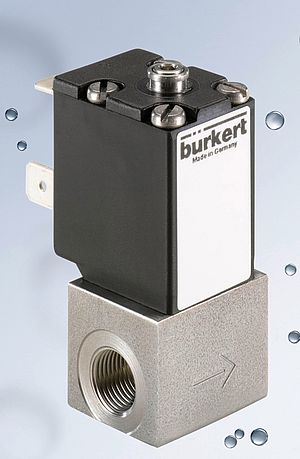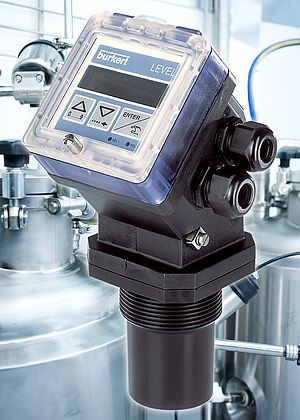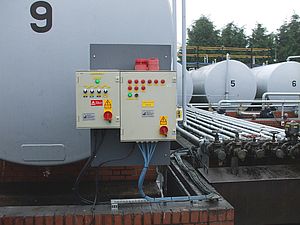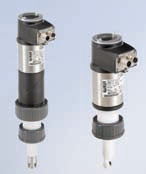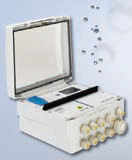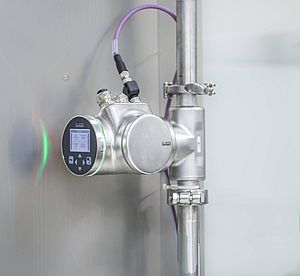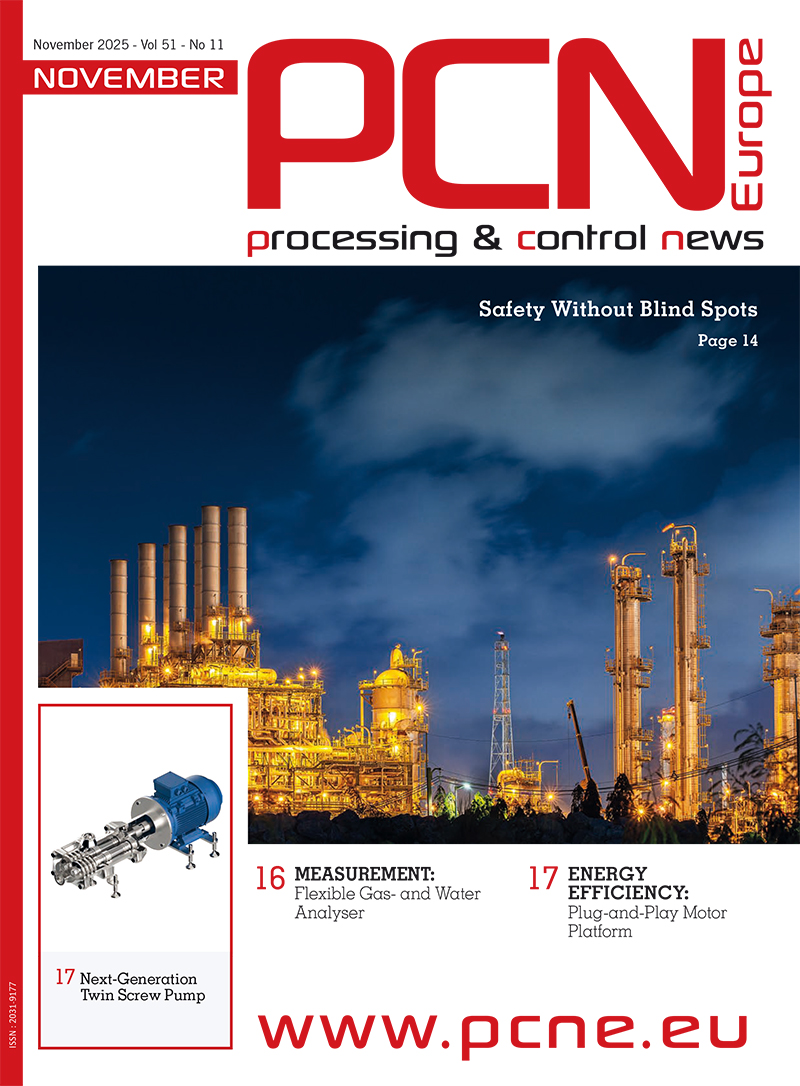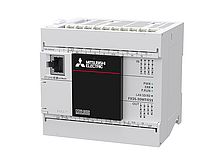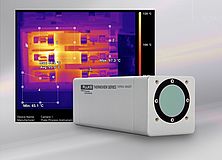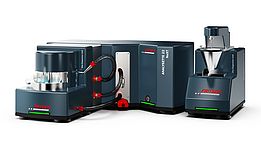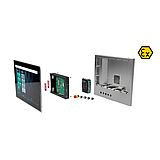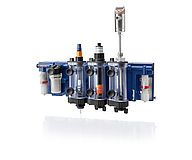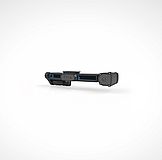The main priorities for engineers involved in the design or maintenance of applications that rely on fluid or gas flow control are typically centred around operational performance, ease of design integration, and long-term reliability. While these criteria must be achieved, the energy efficiency imperative is increasingly important. It’s vital for application end users to minimise energy costs, while the advantages that achieve this can also help procurement and sustainability governance teams approve manufacturers within their supply chain.
For example, Bürkert’s Kick and Drop coils within solenoid valves, have been designed to address the need for reduced energy use. A unique design minimises the power requirements to hold open the valve plunger, delivering energy savings of up to 80%. In a similar way, TwinPower valves, ideal for applications that remain open for long periods, only require power to move the valve, rather than maintaining its position.
Efficient control
In a flow control system, cost efficiency doesn’t just depend on the energy required to actuate the valve, but it also relates to the media itself. In a dosing application, for example, surface acoustic wave (SAW) technology can achieve the most precise flow measurements. Highly relevant within the pharma and food & beverage sectors, Bürkert’s FLOWave flow measurement sensor optimises ingredient use for batch control efficiency. This not only lowers fluid consumption and costs but also safeguards product quality and reduces waste.
In addition to media control, switching from pneumatically powered valves to electromotive process valves, particularly for large orifice applications, can also enhance cost and energy savings. This approach removes the inherent inefficiency of compressor-driven pneumatic systems, including the fluctuating process pressures to prevent valve movement, which consumes further energy.
The materials and design of the valves themselves also impact environmental sustainability, as well as cost. This is particularly true for applications that require valves constructed from stainless steel, which is not only expensive, but is also energy intensive to produce. To minimise the impact, Bürkert’s stainless steel valves are manufactured with hydroforming, where a tube is filled with water-oil emulsion and pressurised within a mould to form the shape. This process uses much less material while retaining the original thickness of the tube, ensuring suitability for high pressures. Similarly, technology within Bürkert’s flow control devices has also been designed to minimise stainless steel use. For example, the FLOWave flow measurement sensor weighs just a few kilos, compared to a Coriolis sensor that can tip the scales at around 50kg.
While efficient flow control devices, manufactured with low impact materials and processes, directly affect costs and carbon footprint for the end user, the wider environmental sustainability commitments of technology suppliers should also be a focus, particularly for procurement teams.
Globally, Bürkert has a publicly stated goal to become CO2-neutral by 2028, representing a real reduction of 33% compared to its 2023 emissions. This will be achieved by the increased production of green electricity at Bürkert’s sites, combined with energy storage, as well as the reliance on more efficient building technology. Decarbonisation will also involve the further electrification of company mobility. Already in the UK, the field engineering & applications team rely on an electric car fleet. To support customers in their general approval of their suppliers, the process and results of this environmental commitment are fully validated.
Sustainability strategy
Environmental commitments are essential, but they are not the only sustainability imperative. Following the UN Sustainability Development Goals, Bürkert’s ethos also has a strong focus on economic and social sustainability. This includes creating a fair working environment and ensuring a healthy work-life situation for the global Bürkert team. At the same time, the organisation is also focussed on increasing diversity, not only to ensure equality in society, but also to improve decision-making processes and increase innovative strength globally. Further information on Bürkert’s commitment to sustainability can be found here.
Helping Bürkert achieve these goals is its foundation as a family-owned business – as it still remains today. This gives the company a nimbleness to make decisions, based on what it believes is right, for its employees and their families, its customers, and the world within which the company operates. Responsibility for sustainability has always been deeply rooted in the Bürkert company culture, and the direct action the company takes qualifies this commitment.










